
Table of Contents
Quick Summary
- Waterproofing a home/premises ensures safety, durability, and prevents health risks.
- Best done during construction, but existing homes can also be waterproofed.
- Identify weak, damp-prone areas before starting the waterproofing process.
- Check basements for water buildup and mould signs.
- Look for stains, condensation on walls or windows.
- Watch for wood rot, sump pump issues, or waterlogging problems.
- Focus on roofs, bathrooms, basements, and balconies.
- Failing to waterproof a home can led to serious problems.
- Use the correct method and consult a waterproofing expert for customised solution.
- Timely waterproofing saves money, time, and effort.
- Regular checks, fixing cracks, and cleaning drains are buzzword.
- Avoid DIY waterproofing in damaged areas.
Have you ever noticed damp walls or a musty smell in your home during the monsoon season? If yes, there is a strong possibility that unwanted water intrusion is damaging your walls and weakening the structural integrity of your home. To prevent the situation, you need proper waterproofing.
Water is essential for all living beings. But its presence becomes harmful when it seeps into walls, pillars, or the roof. The damage does not occur overnight. Over time, it can become irreversible. Waterproofing your house is a straightforward and scientific solution to prevent such hazards. It restricts water from entering the structure, enhances durability, and finally saves money on repairs.
What is Waterproofing? Why Does It Matter?

Waterproofing a house or construction means making the house water-resistant. Its default quality can prevent water entry into the construction. Technically, we can explain it as an imposed barrier of waterproof membrane or sealant that can prevent harmful moisture penetration into the construction. But why does it matter?
Without proper waterproofing, water can trespass into places it shouldn’t be. Initially, it may not seem like a big deal. But over time, water causes tangible damage. Walls may crack, paints can peel off, and wooden parts can decay. Mould can sprout to make the situation worse. It affects the health of the residents and ruins the indoor air quality. Waterproofing keeps your house strong and the residents safe from many unseen health risks.
Furthermore, waterproofing of wet areas in a house is essential for the durability of the construction. Water penetration results in dampness and deterioration of building elements, which is an obvious threat to the property owner.
Waterproofing of Your House: Watch Weak Points First
Now that we have discussed what waterproofing is, you may wonder how to identify if your property needs it. Let’s explore some alarming signs of water intrusion in your house/property. Recognising these early can help you take timely action to safeguard your property.
How To Know There’s a Problem of Moisture Intrusion?
There can be hundreds of subtle clues of water damage that only an expert can catch. However, here are some of the most common symptoms of moisture intrusion in a house/construction.
01. Basement gets flooded or shows water accumulation
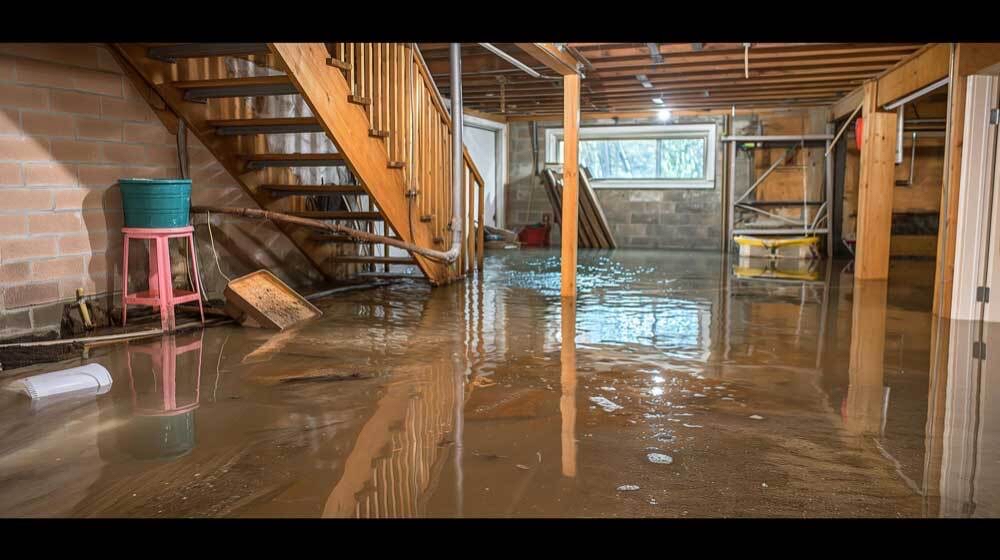
If you notice water building up in the basement after a heavy rain, it’s time you should consider basement waterproofing. With waterproofing house protection for this area, you can protect your property from moisture damage. If left untreated, it may cause unwanted mould growth, leading to permanent structural damage. It’s also a serious health hazard.
02. Visible Mould

Damp conditions are ideal breeding grounds for mould and fungi. If you notice any mould growth, it’s a clear sign of excessive moisture. Waterproofing your house is the most effective solution to prevent further growth and eliminate the root cause of this problem.
Read More: Causes and Treatment for mould growth in paint
03. Water Stains on wall/ceiling
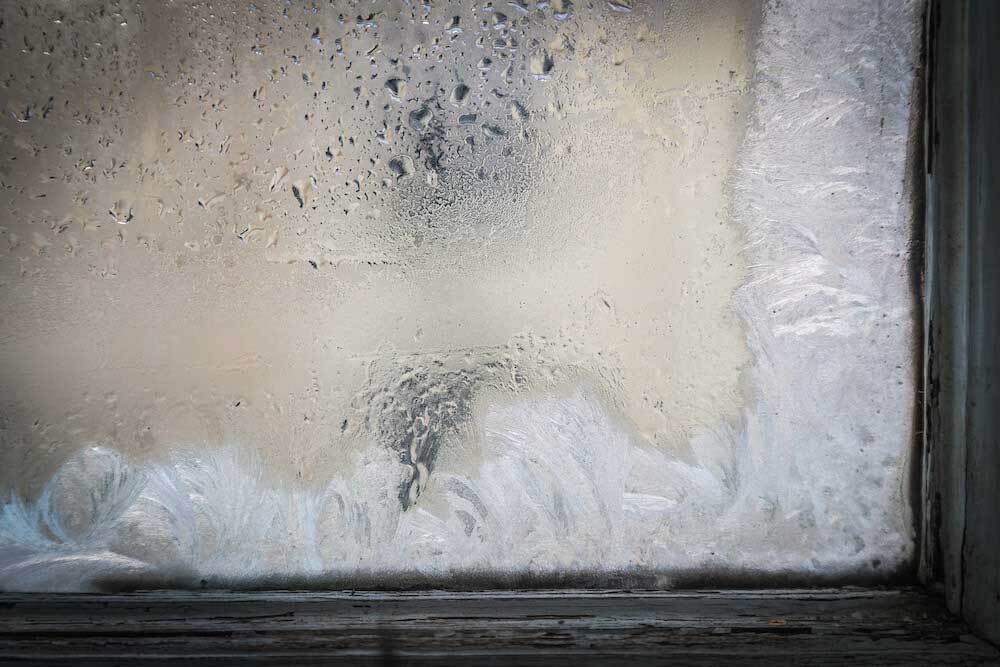
If you notice water stains on the walls or ceiling, it’s a clear indication that your roof or upper floor needs immediate waterproofing house guards.
04. Condensation on Walls or Windows
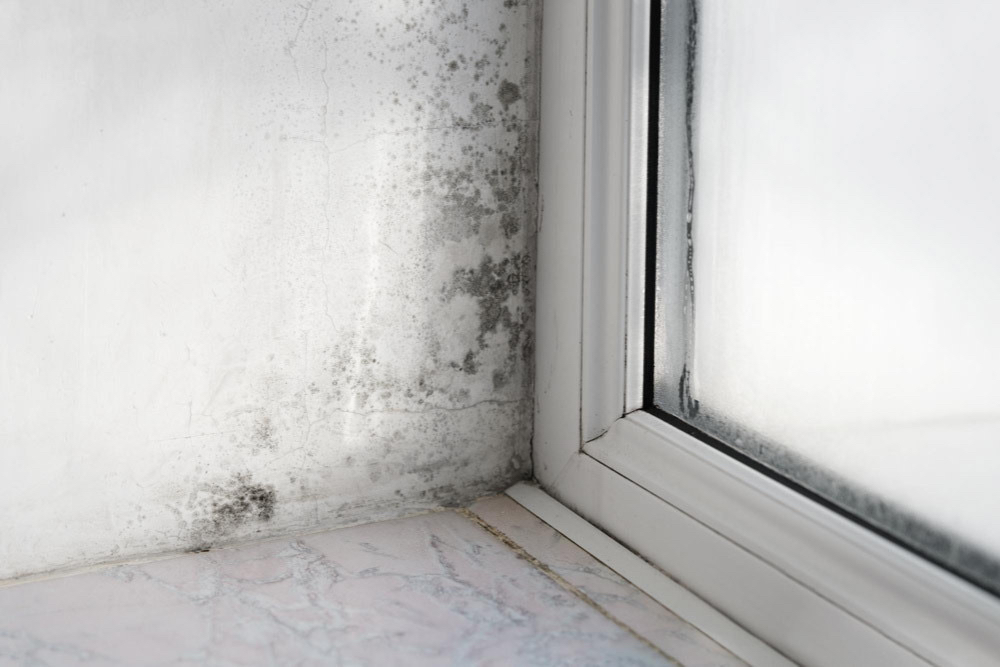
Condensation on walls or windows signals high humidity levels inside your home. This excess moisture can weaken the structural stability and encourage mould growth. Waterproofing is the only reliable way to address and prevent this issue.
05. Wood Rot or Broken Sump Pumps
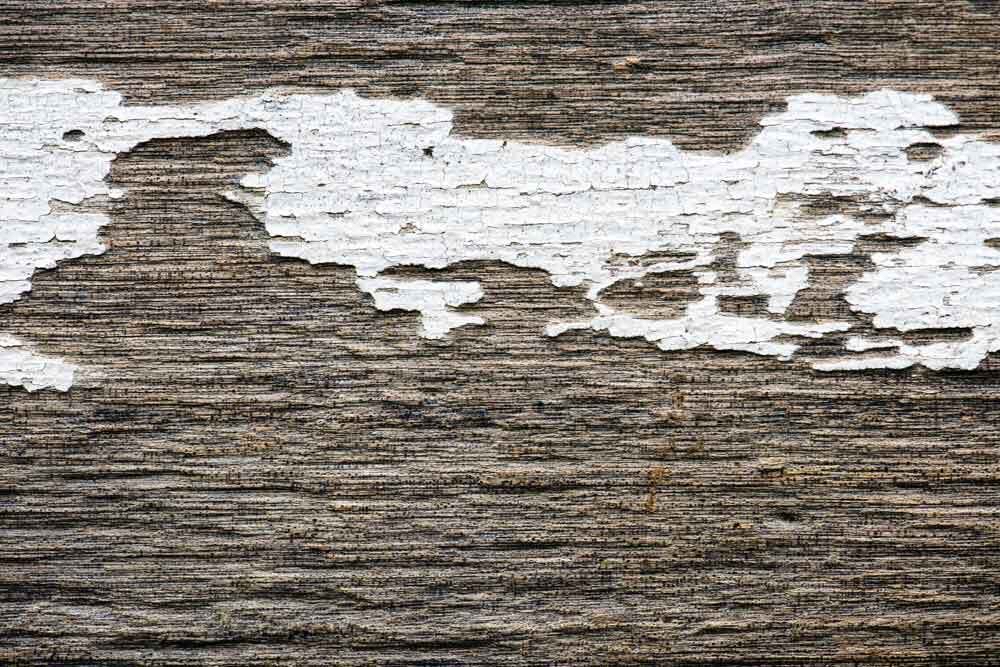
Signs of wood rot or broken sump pumps indicate persistent moisture problems in your home. These issues highlight the urgent need for waterproofing the affected areas to prevent further damage.
06. Standing Water
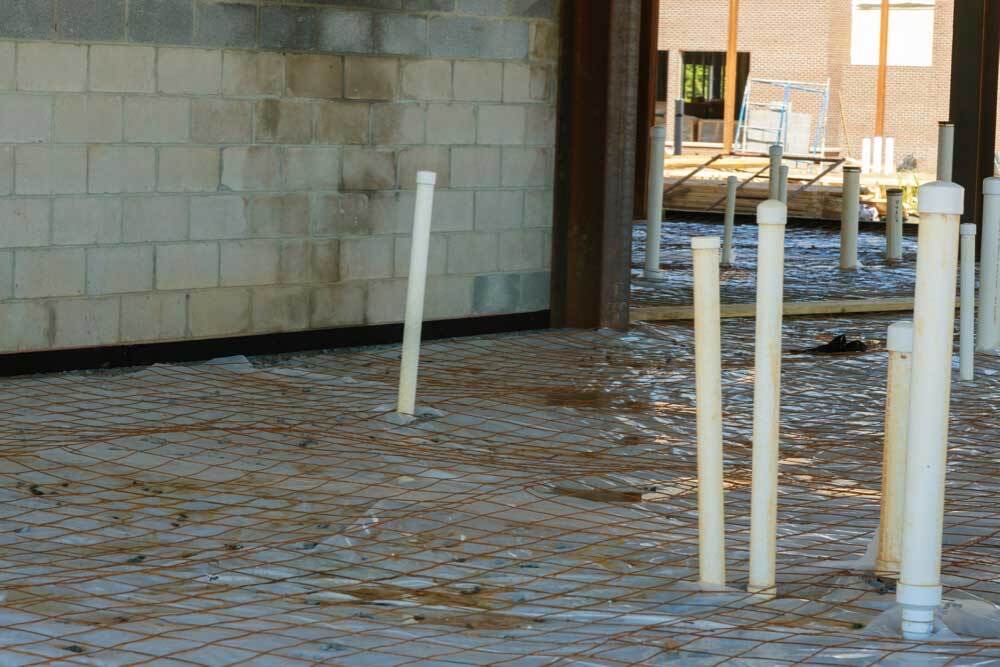
Standing water in your basement, rooms, or any other area is a clear indication of a faulty drainage system. Only a proper waterproofing solution can restore the structural safety of your home.
If you notice any of these signs, it may be necessary to waterproof the entire building. This is not a DIY process at all. It requires professional expertise. Hiring an expert is both wise and cost-effective to ensure the job is done correctly and efficiently.
Watch Weak Points First
Some parts of the house are more vulnerable to water damage than others. While this may vary depending on the construction, the following areas typically require special attention and may benefit from customised waterproofing solutions.
1. Roof
It is the most exposed part of any house or structure. Even a small crack here can lead to major problems in no time. Experts should carry out roof waterproofing to ensure proper protection.
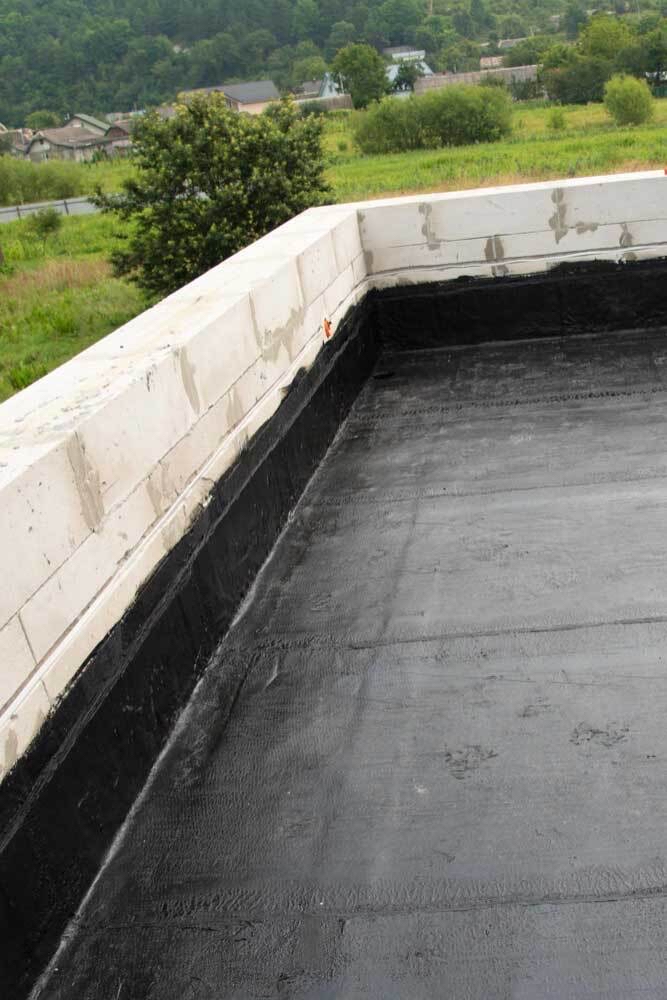
2. Bathroom
In this place, we use lots of water every day. Seepage may happen behind tiles or under floors. If there is a faucet pipeline leakage, water may get inside the wall. Waterproofing in bathrooms is essential for a home’s longevity.
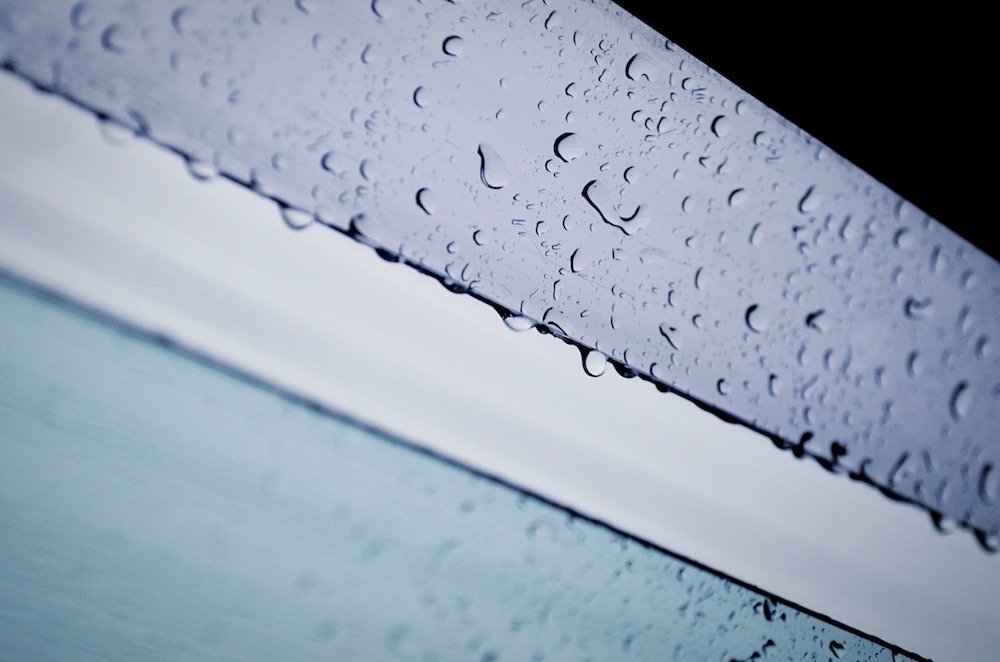
3. Basement
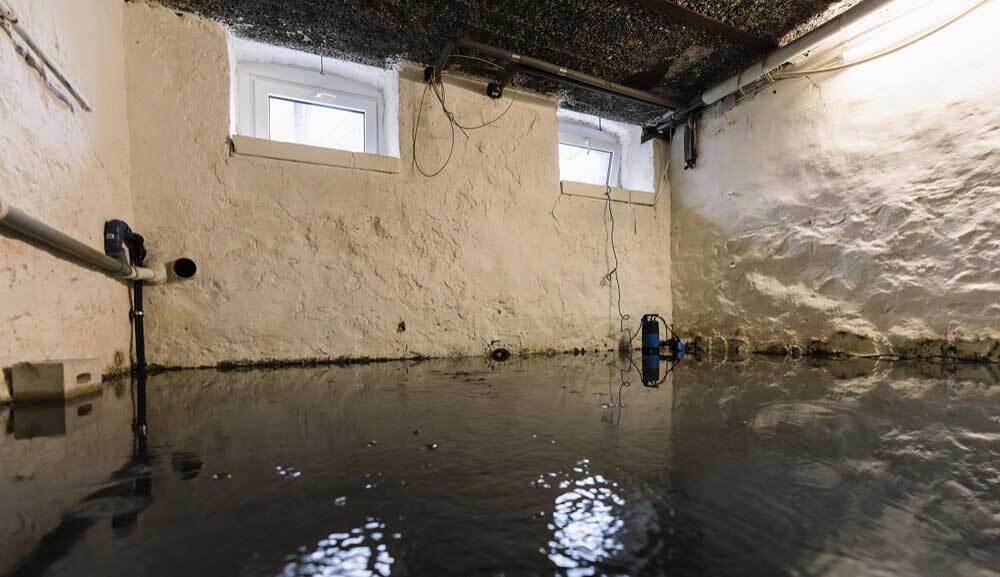
This part of the home is close to the ground, making it more susceptible to moisture accumulation. It is one of the most critical focus areas in any home waterproofing program.
4. Balconies and Terraces

These open areas are frequently exposed to rainwater. Poor drainage or improper flooring can lead to water accumulation and long-term moisture problems.
5. External walls
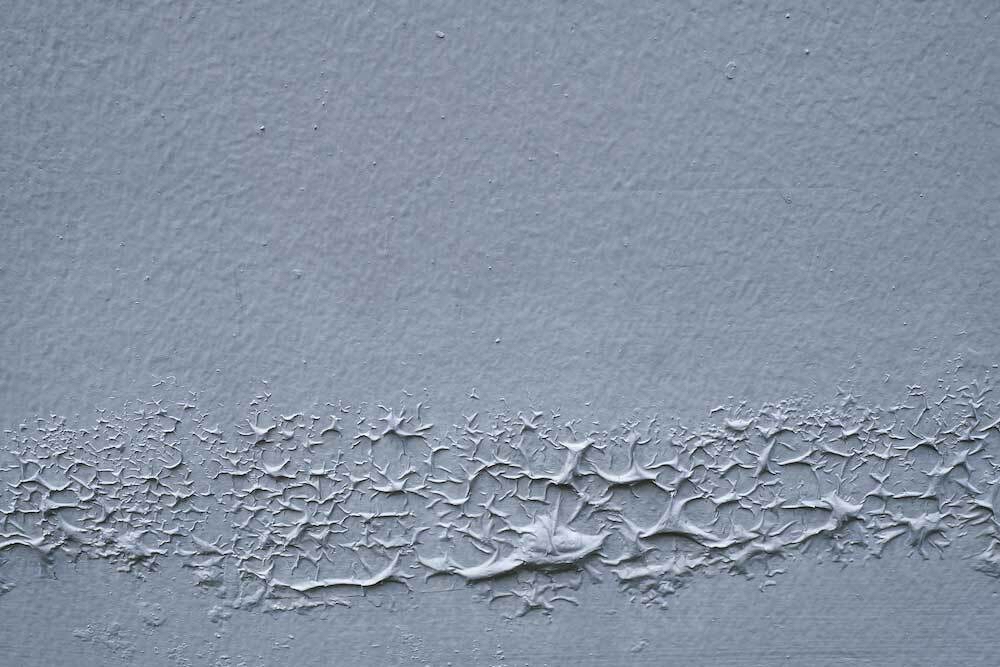
External walls face natural elements such as scorching sunlight, heavy rainfall, and even hailstorms. Over time, this exposure weakens the walls. Proper wall waterproofing helps resist water damage and maintain structural integrity.
While the areas mentioned above are the most vulnerable, other parts of a home may also require waterproofing. Only a qualified expert can assess your property and recommend the necessary waterproofing solutions.
Waterproofing for Your House: What Happens if you Ignore It

Now, you may wonder about the consequences of ignoring the need for waterproofing. While we can summarise the problems in a short list, the aftereffects and recurring damage caused by water intrusion are always serious. The longer water sits, the worse the damage becomes.
- Wall plaster may begin to crumble.
- Electric wiring may get damaged.
- It can weaken the foundation of the house or the structure. Repairing a foundation is often expensive and, in some cases, may even require partial or complete reconstruction.
Different Types of Waterproofing Methods
Various waterproofing methods are available in the industry. Each method uses different sealants and adhesive products. However, the ultimate aim is to enhance a structure’s resistance to water. Hence, engineers and professionals choose different water-resistant approaches depending on the specific needs.
The most suitable waterproofing solution is variable and few factors- specific. For example, the type of structure, the level of water exposure, the budget, and the materials being waterproofed are some deciding factors.
- Liquid Waterproofing Membrane: This method is ideal for areas with high water exposure and spots requiring a seamless, joint-free barrier. It’s particularly effective for roofs and terraces.
- Bituminous Coating Waterproofing: Also known as asphalt coating, this solution works best for concrete foundations and low-sloped roofs.
- Polyurethane Liquid Membrane Waterproofing: Suitable for uncovered surfaces exposed to harsh weather, UV rays, and foot traffic. It forms a unified, extremely elastic, and resilient waterproof layer.
- Cementitious Waterproofing: Often used in commercial structures such as dams and bridges, this method is also suitable for waterproof deck coatings in large-scale constructions.
The Right Time to Waterproof your Home

Waterproofing your home is a smart choice. Whether there is any visible sign of water intrusion in your construction or not, it is always wise to keep your home shielded with waterproofing protection.
- If you want to safeguard your home during the monsoon, it is always a good idea to complete the waterproofing job before the rains arrive.
- Suppose you have spotted any signs of moisture damage on your property. You should take immediate action and waterproof the impact areas.
- Suppose you are constructing a new property or renovating an existing one; it’s highly recommended to include waterproofing in your plan. It is a cost-efficient, smart move.
Waterproofing Maintenance: Dos & Don’ts
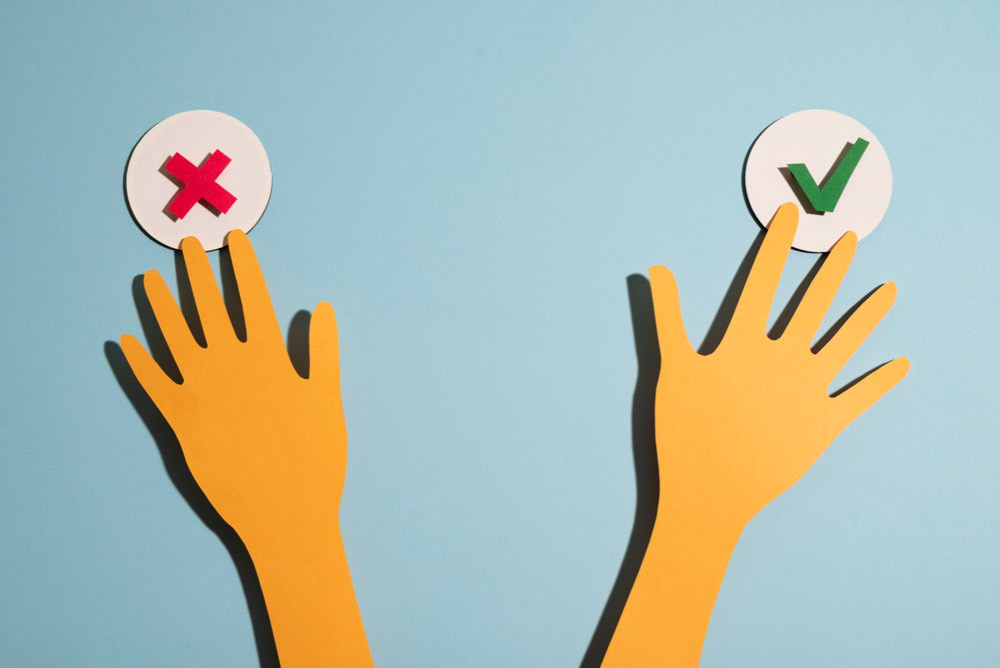
Once you’ve completed the waterproofing task, it’s time to maintain the protective shield you have created. The final objective is keep your home safe from water damage. It’s not rocket science. You simply need to stay vigilant and keep a check on your home regularly for early detection of any signs of moisture intrusion.
Gharpedia has shared here a simple checklist of Dos and Don’ts. The list will streamline the waterproofing maintenance of your home.
Don’ts
- Don’t permit water to stagnate near the home’s foundation.
- Do not overlook even the minute sign of water leakage. If you find damp spots, crumbling plaster, or cracks in the walls, consult an expert to assess the damage and act according to instructions.
- Do not select a sealant on your own. There is no one-size-fits-all solution for waterproofing. Only experts can recommend the most suitable water sealant for optimum output.
- Do not allow the drains to become clogged.
Dos:
- DO regularly inspect the roof for cracks and signs of seepage and repair them promptly.
- Do keep gutters clean and free from blockages.
Final Thoughts
Your home is your prime asset. Waterproofing keeps it safe and dry, even when the weather isn’t friendly outside. It protects your walls, roof, floors—and your health and wallet. Don’t wait for a big leak or major damage acutely observed on your home’s walls or in other places. A small fix today can save you a lot tomorrow. Call an expert today to inspect the home and let him assess if your home needs the shield of waterproofing.
Read More: Damp Proofing vs Waterproofing
FAQs on The Importance of Waterproofing Home
1. How Long Does House Waterproofing Last?
Interior waterproofing methods, such as sealants, can typically last up to 10 years, provided they’re applied correctly and regularly maintained. Meanwhile, exterior waterproofing methods often have a longer lifespan, lasting somewhere from 20 to 30 years, depending on the materials used and environmental conditions.
2. What Is the Best Time to Waterproof Your Home?
The ideal time to waterproof your home is immediately after the rainy season, when the weather is dry and moderate. With no extreme heat or harsh rains to disrupt the process, waterproofing can be carried out smoothly and effectively. Alternatively, you can also do it just before the onset of the monsoon to prepare your home in advance.
3. What Is the Curing Period for Waterproofing?
The curing time for waterproofing depends on the specific material used, application method, and environmental conditions. Commonly, it takes between 24 and 72 hours for waterproofing to dry completely. Cementitious waterproofing typically requires 24 to 48 hours to dry completely, while methods involving brick and cement may take up to two weeks to cure fully.
4. How Many Days Are Required for Waterproofing a Bathroom?
Waterproofing a small bathroom typically takes 2 to 3 days, including surface preparation, membrane application, and curing time. Larger or more complex bathrooms may require up to four to five days, especially if multiple coats of waterproofing membrane are needed.
5. Where Is Waterproofing Necessary?
Waterproofing is vital for areas exposed to moisture and weather elements. Exterior walls, roofs and balconies are most vulnerable to rainwater and storms. Indoors, spaces like kitchens, laundry rooms, and toilets face frequent water usage and are prone to seepage and dampness. These areas must be protected through proper waterproofing methods.
Also read: Causes of Waterproofing Failure
References
Chenqiu Du, Baizhan Li, Wei Yu (2021) in Indoor mould exposure: Characteristics, influences and corresponding associations with built environment—A review in Journal of Building Engineering, Volume 35, March 2021, 101983, https://doi.org/10.1016/j.jobe.2020.101983 [Online] Available from https://www.sciencedirect.com/science/article/abs/pii/S2352710220336159






























